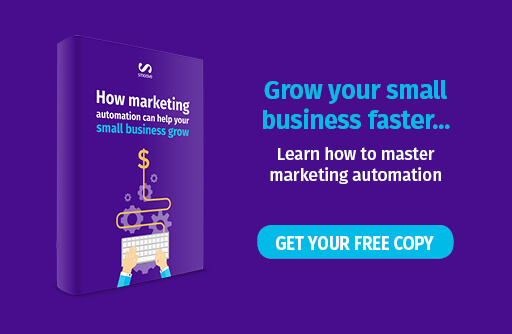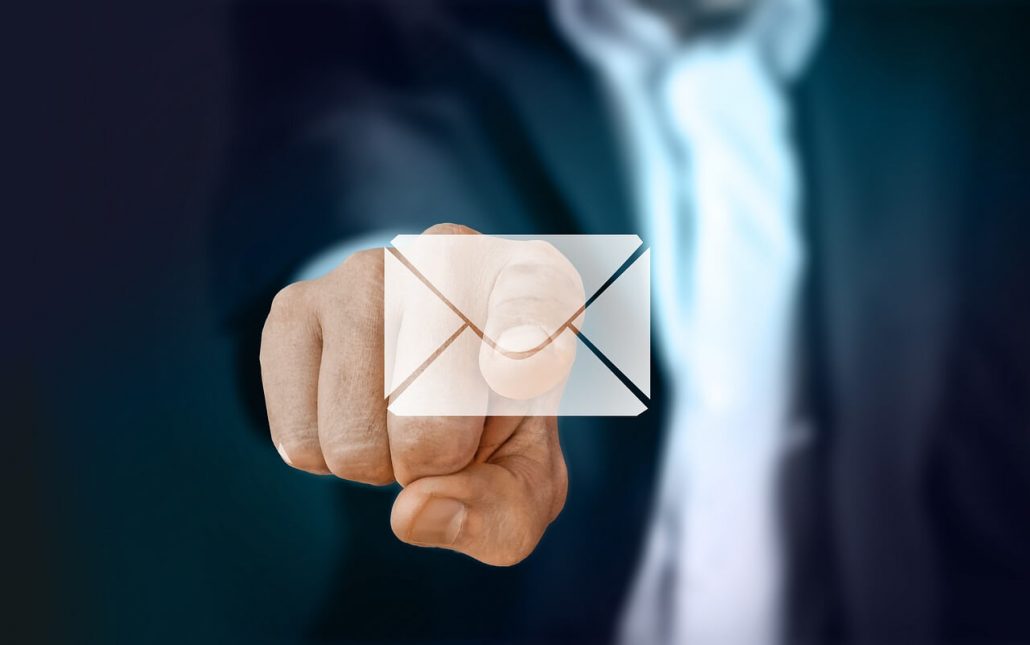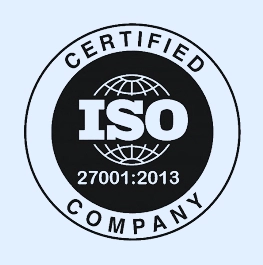The first newsletter was sent in 1978 to approximately 400 clients generating $13m in sales and despite many changes in its format over the years, they remain one of the most effective marketing tools for promoting your small business.
Newsletters allow you to engage with customers and provide your customers product offers, and also valuable and useful information your customers may be interested in. For example, if you’re running a local restaurant, you can provide subscribers with your weekly specials, plus a recipe for a more simplified version of the dish they can make themselves at home.
In the past newsletters were sent just to remind customers that you and your business is ‘alive and well’, however in 2018 you need to offer something new and compelling. The content of a newsletter should be crafted both in consideration of your brand and your customer’s needs.
To create the best newsletter ever, always keep in mind the basics;
Keep you subject line short but relevant
Make sure the subject line of your newsletter is interesting and catchy but also closely related to its content, so that users won’t be disappointed or surprised once they click on it. First impressions coming from the subject line and are very important to keep the user’s attention and establish a strong connection with them so they want to read more beyond it.
When building your subject line, avoid writing down the obvious, such as ‘a weekly newsletter’ or ‘your daily newsletter’ or create a jaw dropping subject that your content is unable to live up to, making it a disappointment when the customer reads on.
Keep it frequent and regular
Newsletters are usually sent weekly, unless your business requires it to be more frequent by having daily offers. Depending on your business and products or service you’re selling, try to decide which day of the week is the best to send out your newsletter. Many experienced email marketers are sending their newsletters on Tuesday, Wednesday or Thursday. Busy Mondays or ‘waiting for the week to end’ Fridays may not be the right time to send your offer.
Keep it personal
Segmenting your customers and creating a specific newsletter with specific content relevant to a specific group of users is always a good idea. Some of your subscribers may only be interested in a particular product line, and the others may be newcomers, so make sure you have a different offer for these different types of subscribers. You can also further personalise it by using the customer’s name. Tools such as smoove offer both of these features.
Knowing your customers and acting accordingly to their needs will help you to establish stronger relationships with them, and also increase your sales.
Make sure your customers can opt out easily
 Image Credit: Pixabay
Image Credit: Pixabay
While you may not want to lose any of your valuable subscribers, making it hard for them to unsubscribe could easily send all your newsletters to spam for all of your subscribers. Also, there is a small psychology trick behind this; once your subscribers see they can opt out easily, they may not do it at all, and you (and your business) will not look desperate to keep them or sell them your product at any cost.
Make your email address visible and always respond to questions or comments you receive from your subscribers. This can earn their trust and allow you to receive valuable feedback concerning your business and the newsletter itself.
Consistency is everything (for your business)
People prefer to interact with businesses they can easily recognize, so in order to make your newsletter consistent with your business, always use the design and colors that matches your business.
Your logo is your signature and it should always be placed in the header of a newsletter. Most common practice is to place it centrally or in the top left corner as that is the first place where ‘left-to right’ readers will look at after opening an email.
Include links to your social accounts
By including links to your social accounts, you’re adding value to your newsletter by offering additional content or alternative ways to get your content. Some subscribers may prefer to use social media to look for your new offers.
Make sure it’s mobile responsive
People today read their emails while they’re on the move. Make sure your newsletter is responsive by displaying content properly across these different devices such as tablets and mobile phones.

How to create great newsletter content
“I see 2018 as the year where email marketers start really focusing on meaningful personalisation. Specifically, making sure that emails are relevant and received at the right time within the customer’s lifecycle.” – Jacques Corby-Tuech, Email Marketing Manager at Paymentsense.
Luckily crafting a winning newsletter for your small business is much easier now than it ever used to be. Using services such as smoove which offers easy to use custom-made newsletter templates it can save you both money and time. They also offer you the ability to create several templates to send to different target markets and different groups of customers. This allows you to focus on the content. Here are some top tips:
-
Provide value to your content
People will only read your newsletters if there is something interesting and of value to them. So make it a NEWSletter and be sure that you’re offering something new in each one you send. Keep your customers informed and up to date with new deals, events and contests you may have. Bear in mind that the average time a person spends to read the newsletter is less than a minute so keep it short and interesting.
Pay special attention to the promotional content of your newsletter. People very often sign up for a newsletter in order to get insider coupons and promotions. Along with putting these special offers at the top of your newsletter, adjust the rest of your content to it as well. For example, if you own a barber shop, and your ‘How to’ section contains an article such as ‘How to take care of your hair during winter’, match it to a product you’re trying to sell or a service you offer.
If you are having trouble deciding what content to include in your newsletter here are some examples:
- Exclusive offers and promotions such as coupons for free samples or discounts, contests and events
- Updates about your business or new product offers, awards or projects you are participating in
- Educational content with ‘How to’ and ‘Did you know’ articles (depending on your business those can be recipes, DIY tips for home improvement, tutorials and such)
- New blog posts and satisfied customers reviews
-
Visual presentation
 Image Credit: Pixabay
Image Credit: Pixabay
Your newsletter should be easy to read, with lots of attractive headings and short paragraphs with an option to ‘read more’.
Don’t waste valuable space in your newsletter by putting lots of images in it. One photo per newsletter is desirable in order to ‘break up’ the text, but you should be more focused on the content.
-
Pay attention to your CTA’s
If you want to lead people back to your website and bring them into your store, make sure that your Call-To-Action (CTA) buttons are clearly visible and compelling to click on. Great examples of CTA buttons such as ‘Take up an offer’ and ‘Read more’ have both aim to sell and to take the subscribers back to your website.
Make one of your CTA buttons stand out more than others by making it a featured CTA, depending on what you want your customers to focus on in a specific newsletter. Be sure to place the featured CTA at the top of your newsletter.
-
Don’t forget the structure
Always keep the sections of your newsletter in the same order. For example, in every newsletter start with a weekly offer, followed by ‘Did you know’ or ‘How to’ and end it with other news related to your business or industry.
It’s ok to move things around a little to perfect the format and engagement, but try not to change it too much and aim to keep it as consistent as possible.
-
Test it for yourself
Before sending out your newsletter to the customers, make sure that everything works properly. Test it by sending it to yourself and clicking on all the text links, CTA links, and particularly links on images. Read the content thoroughly to check for possible mistakes or spelling errors, including the subject line and address. Lastly, don’t forget to check if the newsletter displays correctly across different devices such as tablets and mobile phones.
-
Track it
Track the activities of your subscribers to help you learn more about their habits and behaviors. This can be used when crafting your next newsletter or another marketing campaign for your business. For example, if your deal of the day is the most clicked on part of your newsletter, make sure it is moved to the top so that people see it first. Services like smoove have some great analytics tools for all your newsletter tracking.
Wrap up
Newsletters are a powerful and cheap marketing tool for every small business, but only if it is done correctly. To create a winning formula for your business newsletter, you should first get the basics right and then pay a special attention to its content and structure. This way your will engage customers and also increase your sales and drive more traffic to your website. To be as effective as possible, remember to track your newsletter subscribers via tools such as those offered by smoove.


